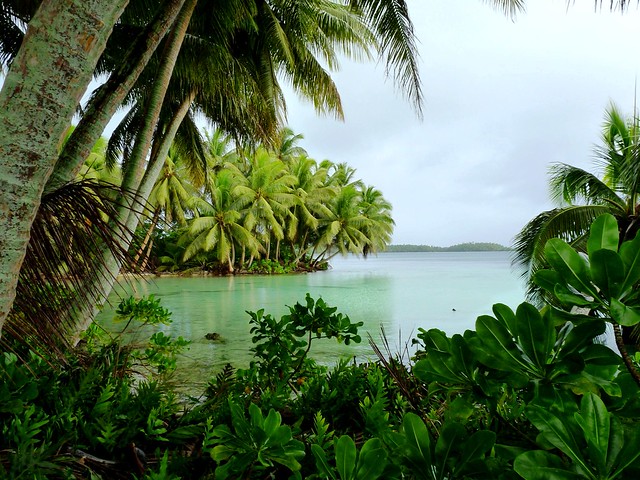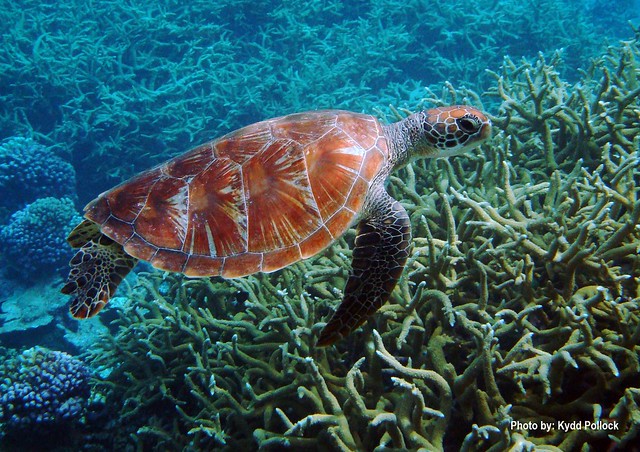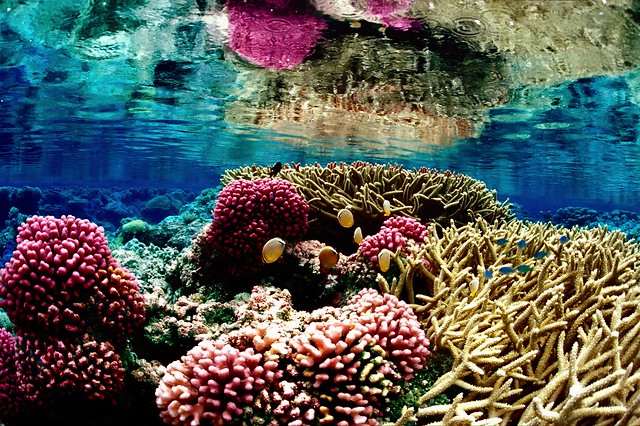 |
| Booby face Red-footed Booby, (Sula sula) at Palmyra Atoll National Wildlife Refuge Taken on April 4, 2010 photo credit: Laura M. Beauregard/U.S. Fish and Wildlife Service CC BY-NC 2.0 https://flic.kr/p/8X8CQm |
National Monuments in Danger
We are down to the final days of the comment period! Please, take the time today to comment on the fate of this national monument, any of the other 27 monuments on the Interior Department's list, or on the fate of all of them.
To comment on the monument review process (due July 10, 2017):
As I've mentioned in the earlier posts on the Marine National Monuments, the February 2017 issue of National Geographic contained a great article on these monuments (see link below), and it was the first time I learned anything about them. The article provides a fantastic overview of all of the monuments below. It is a shame that only a few weeks after that article was published, these monuments were facing elimination.
For me, I'd never really thought much about the marine monuments before. They seemed too remote and distant for me to relate to them. However, the article helps to explain just how critical they may be to not just the United States, but to the world.
It is worth a read, and these monuments are definitely worth saving.
As I've mentioned in the earlier posts on the Marine National Monuments, the February 2017 issue of National Geographic contained a great article on these monuments (see link below), and it was the first time I learned anything about them. The article provides a fantastic overview of all of the monuments below. It is a shame that only a few weeks after that article was published, these monuments were facing elimination.
For me, I'd never really thought much about the marine monuments before. They seemed too remote and distant for me to relate to them. However, the article helps to explain just how critical they may be to not just the United States, but to the world.
It is worth a read, and these monuments are definitely worth saving.
From National Geographic, "This monument, created by President Bush and expanded by President Obama, protects the waters around far-flung American islands and atolls, from Wake to Jarvis. It includes dozens of seamounts believed to host many undiscovered species."

Pacific Remote Islands Marine National Monument Website:
Seven national wildlife refuges are seemingly just dots near the equator of the Pacific Ocean, but upon a closer look these islands, reefs, and atolls are at the epicenter of Pacific Remote Islands Marine National Monument, one of largest marine conservation areas in the world. This monument sustains terrestrial and marine life in numbers and unique and specialized life forms beyond our imagination. It is a safe haven for millions of birds and marine life that swarm to shallow areas and islands to rest, to feed, to mate, and to give life to their off-spring. The Pacific Remote Islands Marine National Monument falls within the Central Pacific Ocean, ranging from Wake Atoll in the northwest to Jarvis Island in the southeast.


Pacific Remote Islands Marine National Monument Map (as of July 2017) - JPG
https://drive.google.com/file/d/0B5qJHnJC9HuAU05lLXVrSV9jVnc/view
To comment on the monument review process (due July 10, 2017):
Links
27 Monuments:
Website
https://www.27monuments.org
Facebook
https://www.facebook.com/27Monumentshttps://www.instagram.com/brentdangerrose
https://www.instagram.com/explore/tags/27monuments
Rubble - National Monuments in Danger:
Pacific Remote Islands Marine National Monument
Facebook
Pacific Remote Islands Marine National Monument:
USFWS Website
flikr
https://www.flickr.com/photos/usfwspacific/sets/72157645505061863/
Wikipedia:
https://en.wikipedia.org/wiki/Pacific_Remote_Islands_Marine_National_Monument
National Geographic:
Why It’s Important to Save Our Seas’ Pristine Places (February 2017)
Where Obama’s Deep Love for the Ocean Comes From (February 2017)
http://www.nationalgeographic.com/magazine/2017/02/interview-president-obama-underwater-snorkeling/
http://www.nationalgeographic.com/magazine/2017/02/interview-president-obama-underwater-snorkeling/
The White House:
Proclamation -- Establishment of the Pacific Remote Islands Marine National Monument (2009)
https://www.fws.gov/uploadedFiles/Region_1/NWRS/Zone_1/Pacific_Remote_Islands_Marine_National_Monument/Documents/PP%20PRIMNM.pdf
https://www.fws.gov/uploadedFiles/Region_1/NWRS/Zone_1/Pacific_Remote_Islands_Marine_National_Monument/Documents/PP%20PRIMNM.pdf
https://obamawhitehouse.archives.gov/the-press-office/2014/09/24/fact-sheet-president-obama-designate-largest-marine-monument-world-limit
Washington Post:

No comments:
Post a Comment